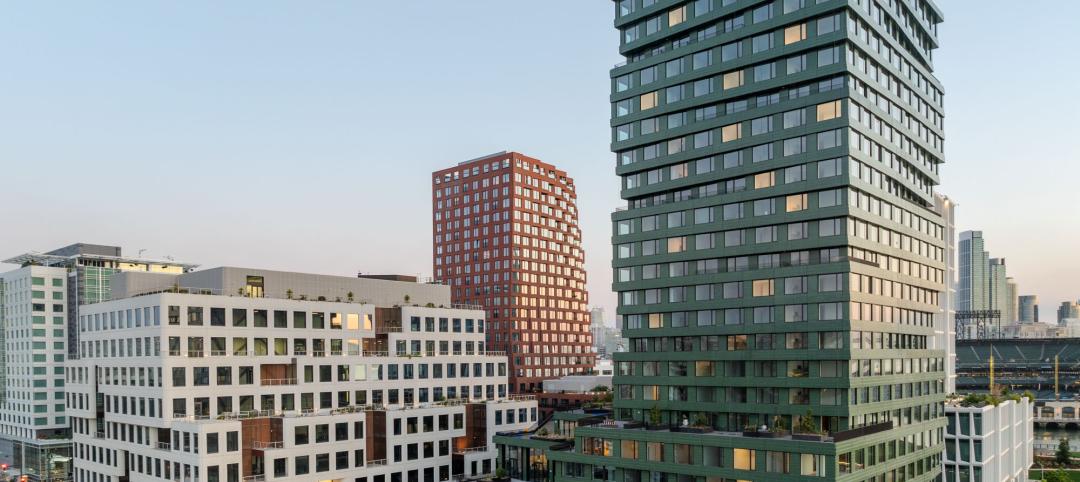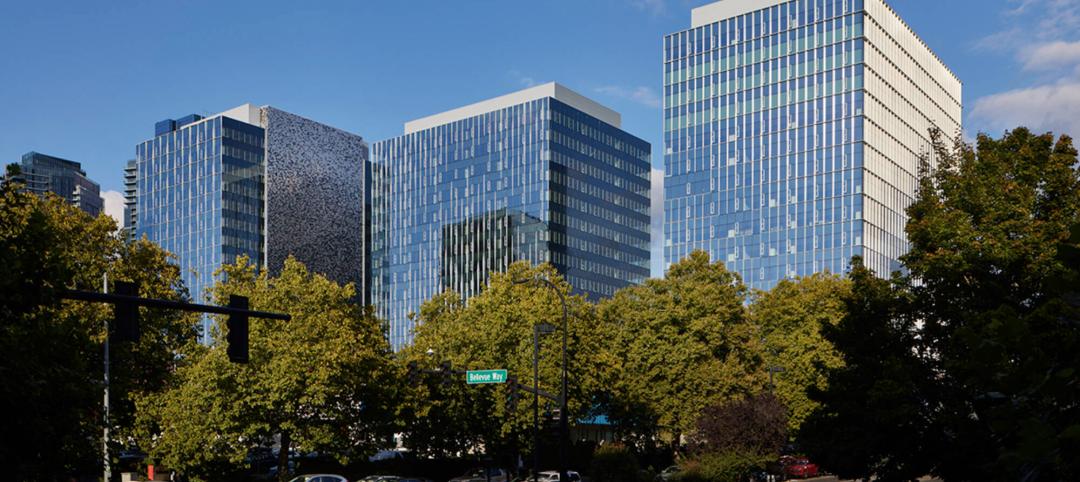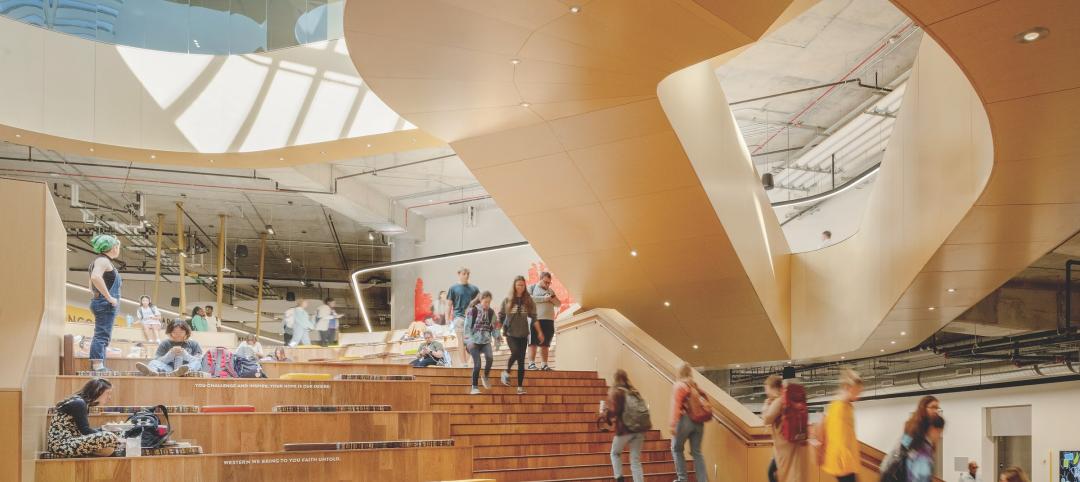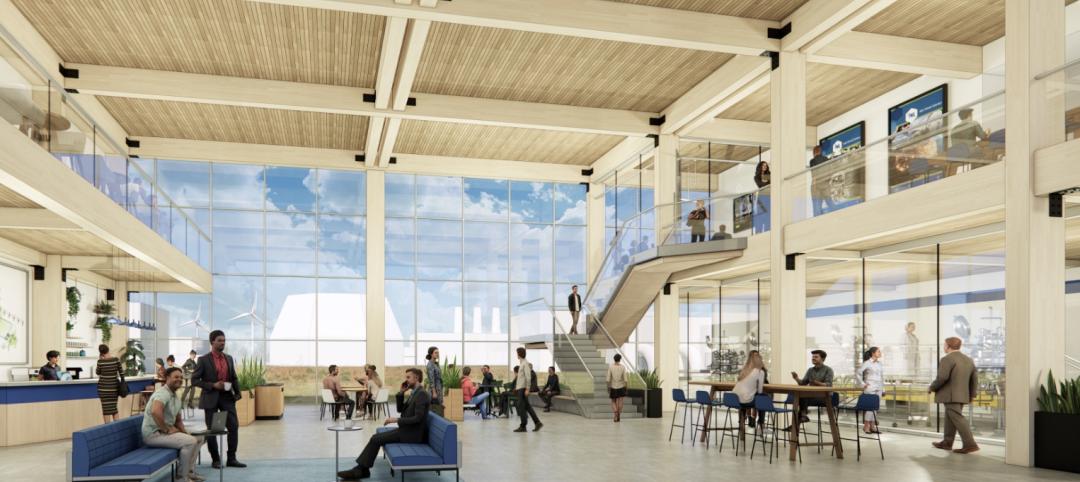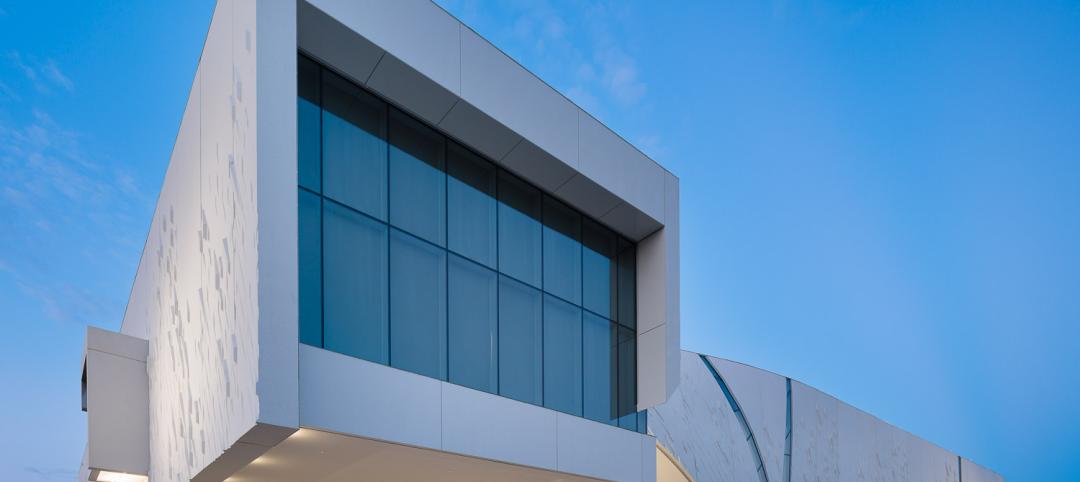As the school year draws to a close, Nauset Construction will be putting the final touches on the newly constructed, environmentally-friendly 22-bedroom dormitory for Brooks School in North Andover, an independent college preparatory boarding and day school for grades 9-12.
In addition to providing additional housing, the $3.3 million project created a learning opportunity for the students, whose ideas for sustainability were incorporated into the project’s design.
Recently named Chace House in honor of a long time trustee, the dorm was designed with input from the Brooks Institute for Sustainability, a student summer program focused on reducing the school’s environmental impact. Chace House will incorporate a number of elements vital to reducing operating and maintenance costs, including a heating system with a natural gas-fired burner that is 97.5% efficient; a high-efficiency building envelope with superior insulation to prevent energy loss; individual room thermostats with an automated system that can be programmed remotely; energy management systems with occupancy sensors; a cupola that releases warm air on hot days; solar lighting tubes in hallways that create natural day lighting; low-flow water facilities (including composting toilets) to reduce sewage bills; and drought tolerant native exterior plantings and water-efficient landscaping.
The facility will also feature high efficiency double-paned windows, a zinc roof (which lasts 80-100 years and requires no maintenance), zinc and clapboard siding, and a combination of hardwood, carpet and vinyl-tile flooring materials making use of recycled products where possible. Extra-thick insulation and sound-proof walls will also be built into each room to reduce noise. In addition to the sustainable features, the project will also include a 600-square-foot common area big enough for all building residents to gather; an outdoor seating area for students to collaborate with dorm faculty; a rear patio for cookouts and gatherings; and a small lounge/study area for after-hours homework help. +
Related Stories
AEC Tech Innovation | Oct 8, 2024
New ABC technology report examines how AI can enhance efficiency, innovation
The latest annual technology report from Associated Builders and Contractors delves into how artificial intelligence can enhance efficiency and innovation in the construction sector. The report includes a resource guide, a case study, insight papers, and an essay concerning applied uses for AI planning, development, and execution.
Healthcare Facilities | Oct 8, 2024
Herzog & de Meuron completes Switzerland’s largest children’s hospital
The new University Children’s Hospital Zurich features 114 rooftop patient rooms designed like wooden cottages with their own roofs. The project also includes a research and teaching facility.
Mixed-Use | Oct 7, 2024
New mixed-use tower by Studio Gang completes first phase of San Francisco waterfront redevelopment
Construction was recently completed on Verde, a new mixed-use tower along the San Francisco waterfront, marking the end of the first phase of the Mission Rock development. Verde is the fourth and final building of phase one of the 28-acre project that will be constructed in several phases guided by design principles developed by a design cohort led by Studio Gang.
Brick and Masonry | Oct 7, 2024
A journey through masonry reclad litigation
This blog post by Walter P Moore's Mallory Buckley, RRO, PE, BECxP + CxA+BE, and Bob Hancock, MBA, JD, of Munsch Hardt Kopf & Harr PC, explains the importance of documentation, correspondence between parties, and supporting the claims for a Plaintiff-party, while facilitating continuous use of the facility, on construction litigation projects.
Glass and Glazing | Oct 7, 2024
Pattern language: An exploration of digital printing on architectural glazing
Architectural Glazing has long been an important expressive tool which, when selected and detailed thoughtfully, can contribute to the successful transformation of architectural concepts to reality.
University Buildings | Oct 4, 2024
Renovations are raising higher education campuses to modern standards
AEC higher ed Giants report working on a variety of building types, from performing arts centers and libraries to business schools. Hybrid learning is seemingly here to stay. And where possible, these projects address wellness and mental health concerns.
AEC Tech | Oct 3, 2024
4 ways AI impacts building design beyond dramatic imagery
Kristen Forward, Design Technology Futures Leader, NBBJ, shows four ways the firm is using AI to generate value for its clients.
Laboratories | Oct 2, 2024
Trends in scientific research environments: Q&A with Flad's Matt McCord
As part of an ongoing series, Matt McCord, AIA, NCARB, LEED AP BD+C, Associate Principal with Flad Architects, discusses the future of the scientific workplace.
Museums | Oct 1, 2024
UT Dallas opens Morphosis-designed Crow Museum of Asian Art
In Richardson, Tex., the University of Texas at Dallas has opened a second location for the Crow Museum of Asian Art—the first of multiple buildings that will be part of a 12-acre cultural district. When completed, the arts and performance complex, called the Edith and Peter O’Donnell Jr. Athenaeum, will include two museums, a performance hall and music building, a grand plaza, and a dedicated parking structure on the Richardson campus.
Data Centers | Oct 1, 2024
10 biggest impacts to the data center market in 2024–2025
While AI sends the data center market into the stratosphere, the sector’s accelerated growth remains impacted by speed-to-market demands, supply chain issues, and design innovation necessities.





